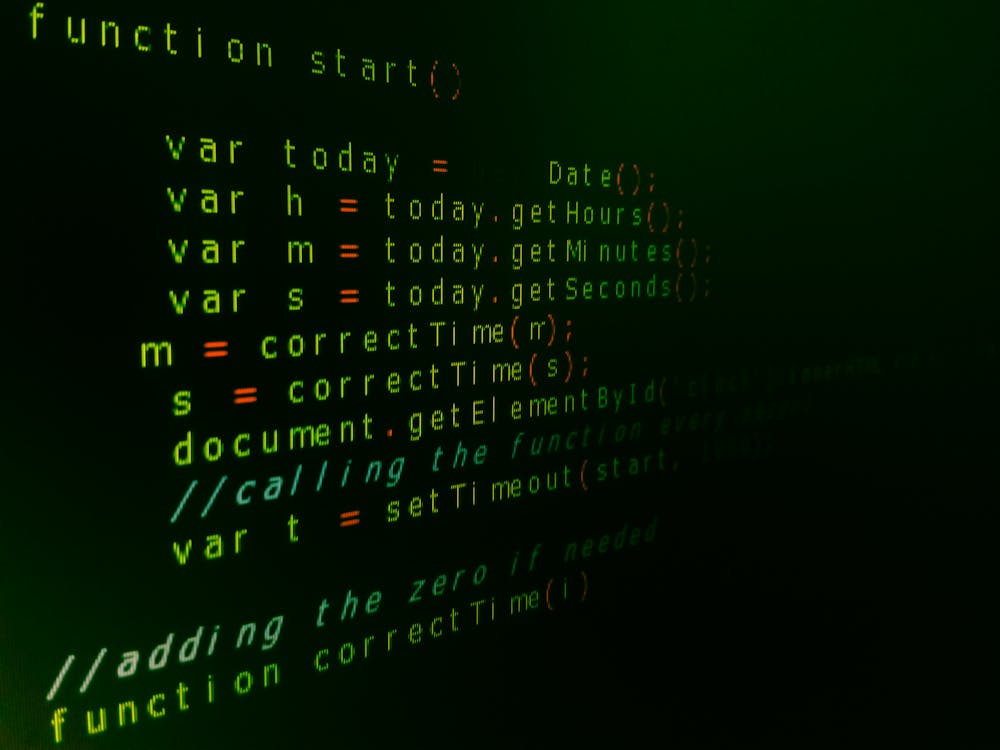Speech recognition is the process of converting spoken words into text. It is an essential tool for many applications, including voice-controlled assistants, transcription services, and language learning platforms. Kaldi is an open-source toolkit for speech recognition that is widely used in research and industry. In this guide, we will cover the basics of speech recognition with Kaldi and provide a step-by-step guide to building a simple speech recognition system.
What is Kaldi?
Kaldi is an open-source toolkit for speech recognition developed by a team of researchers at Johns Hopkins University. It is designed to be modular and flexible, allowing users to experiment with different algorithms and models for speech recognition. Kaldi is written in C++ and provides a set of command-line tools for processing audio and training models.
Kaldi has become a popular choice for speech recognition research and development due to its scalability and efficiency. It can process large amounts of audio data and train models quickly, making it suitable for both research and commercial applications.
Getting Started with Kaldi
Before we start building our speech recognition system with Kaldi, we need to set up our environment. Here are the steps to get started:
Install Kaldi: Kaldi can be installed on Linux and macOS systems. The installation process can be complex, so it is recommended to follow the official installation guide on the Kaldi website.
Download the data: For this tutorial, we will use the LibriSpeech dataset, which consists of audio recordings and corresponding text transcripts. You can download the dataset from the LibriSpeech website.
Prepare the data: Once you have downloaded the data, you will need to prepare it for use with Kaldi. This involves converting the audio files into a format that Kaldi can understand and creating text files with the corresponding transcripts.
Building a Speech Recognition System with Kaldi
Now that we have our environment set up and data prepared, we can start building our speech recognition system with Kaldi. Here's a practical example of how to build a simple speech recognition system using Kaldi:
- Feature extraction: The first step in speech recognition is to extract features from the audio data. Kaldi provides a set of tools for feature extraction, including MFCC (Mel Frequency Cepstral Coefficients) and PLP (Perceptual Linear Prediction).
To extract MFCC features, run the following command:
compute-mfcc-feats --config=conf/mfcc.conf scp:data/train/wav.scp ark:- |\
apply-cmvn --utt2spk=ark:data/train/utt2spk ark:- ark:- |\
splice-feats --left-context=3 --right-context=3 ark:- ark:- |\
transform-feats exp/tri2b/decode/transform.mat ark:- ark:- |\
transform-feats --utt2spk=ark:data/train/utt2spk "ark:gunzip -c exp/tri2b/decode/ali.*.gz | ali-to-post ark:- ark:- |" ark:- |\
sum-rows ark:- ark:- |\
log ark:- ark:feat.ark
This command extracts MFCC features from the audio data and saves them to a file called feat.ark.
- Language model training: The next step is to train a language model that can predict the probability of a sequence of words given a sequence of audio features. Kaldi provides tools for training language models using n-gram models or neural network-based models.
To train a language model using the LibriSpeech dataset, run the following command:
arpa_lm=data/local/lm/3gram-mincount/lm_unpruned.gz
ngram -order 3 -lm $arpa_lm -vocab data/lang/words.txt -unk \
-write-vocab data/local/lm/3gram-mincount/vocab-full.txt \
-map-unk "<UNK>" -limit-vocab \
-text data/train/text
This command trains a 3-gram language model using the transcripts in the data/train/text file and saves the model to data/local/lm/3gram-mincount/lm_unpruned.gz. The -vocab option specifies the vocabulary file, which contains a list of all the words in the transcripts. The -unk option specifies that unknown words should be treated as <UNK>, and the -map-unk option maps all unknown words to <UNK>. The -limit-vocab option specifies that the vocabulary should be limited to the words that occur at least once in the training data.
- Acoustic model training: The final step is to train an acoustic model that can map audio features to phonemes (the basic units of sound in language). Kaldi provides tools for training acoustic models using Hidden Markov Models (HMMs) or neural networks.
To train an acoustic model using the LibriSpeech dataset, run the following command:
steps/train_mono.sh --cmd "$train_cmd" --nj $nj data/train data/lang exp/mono
This command trains a monophone HMM model using the audio features in the data/train directory and the language model we trained earlier. The --cmd option specifies the command to use for running parallel jobs (e.g., run.pl), and the --nj option specifies the number of parallel jobs to run. The trained model is saved to the exp/mono directory.
- Decoding: Once we have trained our acoustic model, we can use it to decode new audio data and generate transcripts. Kaldi provides tools for decoding using HMMs or neural networks.
To decode an audio file using the acoustic model we trained earlier, run the following command:
steps/decode.sh --cmd "$decode_cmd" --nj $nj --beam 10.0 --acwt 0.1 \
exp/mono/graph data/test exp/mono/decode_test
This command decodes the audio files in the data/test directory using the acoustic model in the exp/mono directory and the language model we trained earlier. The --beam option specifies the beam width (i.e., the number of paths to keep at each frame), and the --acwt option specifies the acoustic model scaling factor. The decoded transcripts are saved to the exp/mono/decode_test directory.
Conclusion
In this guide, we covered the basics of speech recognition with Kaldi and provided a step-by-step guide to building a simple speech recognition system. We started by setting up our environment, downloading and preparing data, and then walked through the process of feature extraction, language model training, acoustic model training, and decoding. While the example we used was simple, the same principles can be applied to build more complex and accurate speech recognition systems. With Kaldi's flexibility and scalability, the possibilities are endless.
